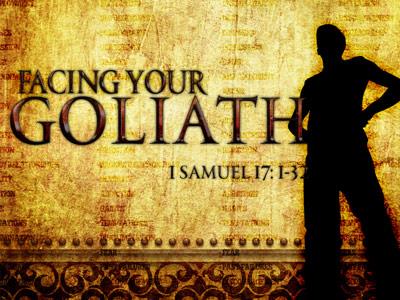-
The Comforter Has Come Series
Contributed by Chuck Sligh on Nov 28, 2017 (message contributor)
Summary: The setting and symbols of Pentecost
The Comforter Has Come
Chuck Sligh
TEXT: Acts 2:1-13
I. THE SETTING OF THE COMING THE HOLY SPIRIT
In literature, it is important to understand the SETTING of a story.
The setting has to do with three questions—
WHO the main characters are
WHERE the story takes place, and
WHEN the story occurs
Before getting into the meat of the message today, let’s get a good picture of the setting of our text by answering those three questions.
First, let’s find out WHO the characters are and WHERE this story takes place? In chapter 1, we find the 120 disciples in an upper room in Jerusalem (verse 13) awaiting the promised baptism with the Holy Spirit – Jesus had told them in Acts 1:5 – “For John truly baptized with water; but ye shall be baptized with the Holy Ghost not many days hence.”
Last, WHEN did the events in Acts 2 occur? Acts 2:1 says, “And when the day of Pentecost was fully come, they were all with one accord in one place.” We see that the time is during the Feast of Pentecost, one of the three major festivals of the Jews, along with the Passover and the Feast of Tabernacles. More people attended the Feast of Pentecost than any other festival because it took place in the early summer, when weather and traveling conditions were optimal. So Jerusalem was filled with a vast host of Jewish pilgrims from around the then-known world for the occasion of the Holy Spirit_s outpouring. – Note:
Acts 2:5 – “And there were dwelling at Jerusalem Jews, devout men, out of every nation under heaven.”
Acts 2:9-10 – “Parthians, and Medes, and Elamites, and the dwellers in Mesopotamia, and in Judaea, and Cappadocia, in Pontus, and Asia, 10 Phrygia, and Pamphylia, in Egypt, and in the parts of Libya about Cyrene, and strangers of Rome, Jews and proselytes,” (The countries mentioned in these verses form a circuit around the Mediterranean Sea.)
In all of this we can see both God’s timing and sovereignty displayed in this whole situation.
The Holy Spirit’s outpouring to indwell believers was timed to have the greatest impact possible by taking place at a time when people from around the known world would be in Jerusalem, the center of Judaism.
So that’s THE SETTING—120 disciples in the upper room in Jerusalem on the Day of Pentecost when there would be the greatest exposure of God’s happenings before the Jews.
II. NOTE SECOND WITH ME THE SYMBOLS DISPLAYED AT THE COMING OF THE HOLY SPIRIT
When God does something, He always has a reason for it. As we read this passage, we note that there were three dramatic symbols that accompanied the giving of the Holy Spirit at Pentecost. Why do you think He chose these three particular symbols? Interestingly, each one is rich in symbolic meaning.
Let’s look more closely at these symbols:
1. First, Acts 2:2 tells us they experienced the symbol of SOUND AND WIND – Acts 2:2 – “And suddenly there came a sound from heaven as of a rushing mighty wind, and it filled all the house where they were sitting.”
The sound and wind symbolize the awesome power the Holy Spirit possesses! The Holy Spirit fills every believer with the same force and strength that was evidenced that day at Pentecost.
Illus. – I have seen the power of the wind. I remember as a teenager in Okinawa, about once every couple of years we would experience a typhoon on that little Pacific island. A typhoon is essentially a hurricane in the Pacific Ocean. I can vividly remember seeing firsthand the awesome, destructive power of the wind in a typhoon.
It’s hard to describe the force of the wind during such a storm. In a typhoon, the wind keeps increasing in intensity and strength. Just when you think it couldn’t blow any harder, that the windows couldn’t rattle any louder, that the house couldn’t shake any more violently—then the wind unleashes its greatest fury! Our concrete house in Okinawa would literally tremble and quake at the mighty wind around us. I recall going outside with a friend during one typhoon when it seemed at its greatest force. I could see huge boards, tree limbs, and various other debris, both large and small, blowing about everywhere. It was really incredible.
And the SOUND! During a typhoon, the sound of the wind swirling and crashing outside is deafening! Our text notes that there was a “sound from heaven” that accompanied the wind.
As I was reminded of the experiences of my childhood, I was able to see the reason for the symbolism of the sound and the wind. God’s power is often symbolized in Scripture with mighty, awesome SOUNDS and with WIND. For instance, in John 3:8, Jesus compared the Holy Spirit to the wind – He said, “The wind bloweth where it listeth (that is, “where it wills”), and thou hearest the sound thereof, but cant not tell whence it cometh, and whither it goeth: so is every one that is born of the Spirit.”

 Sermon Central
Sermon Central



